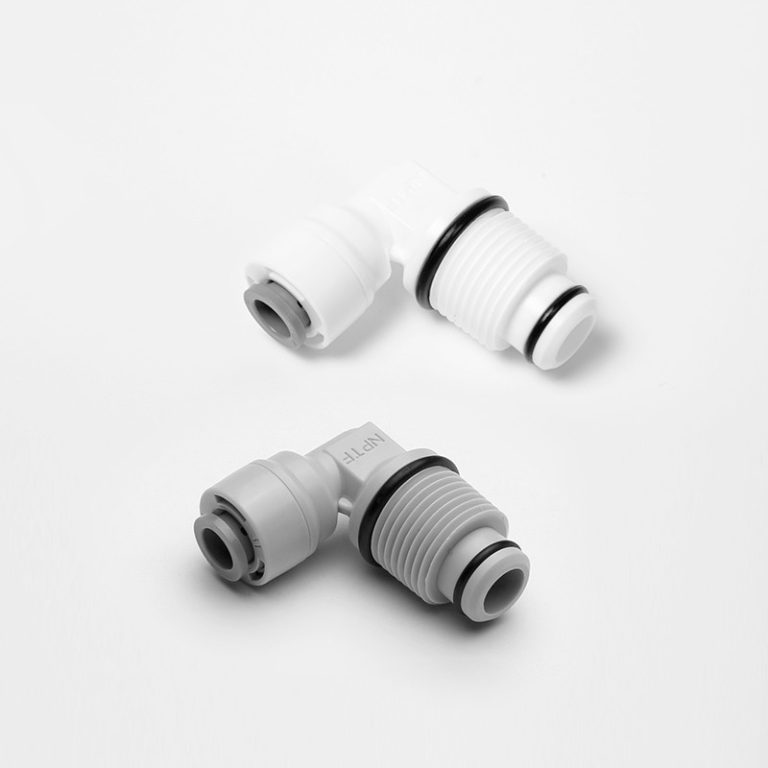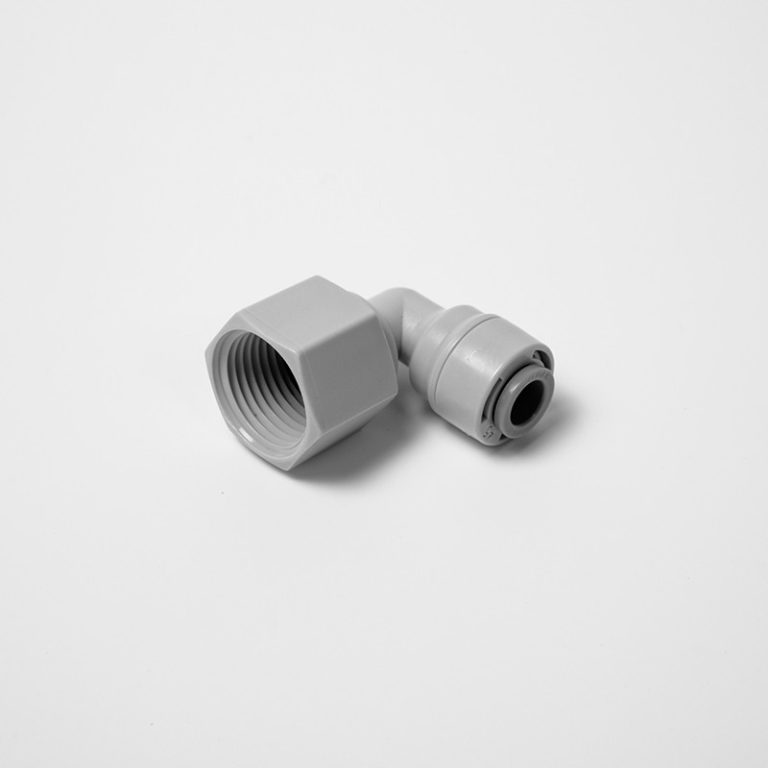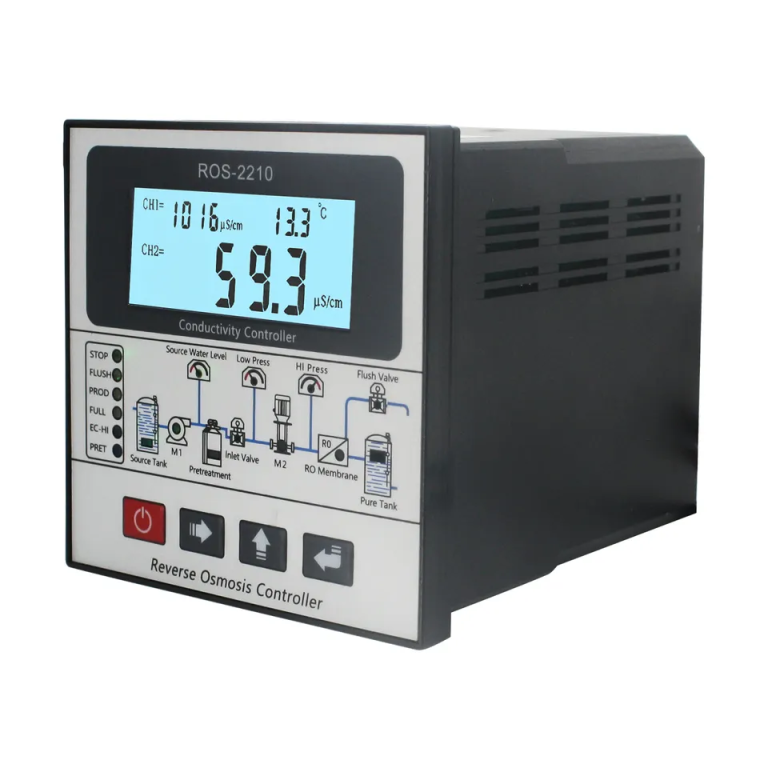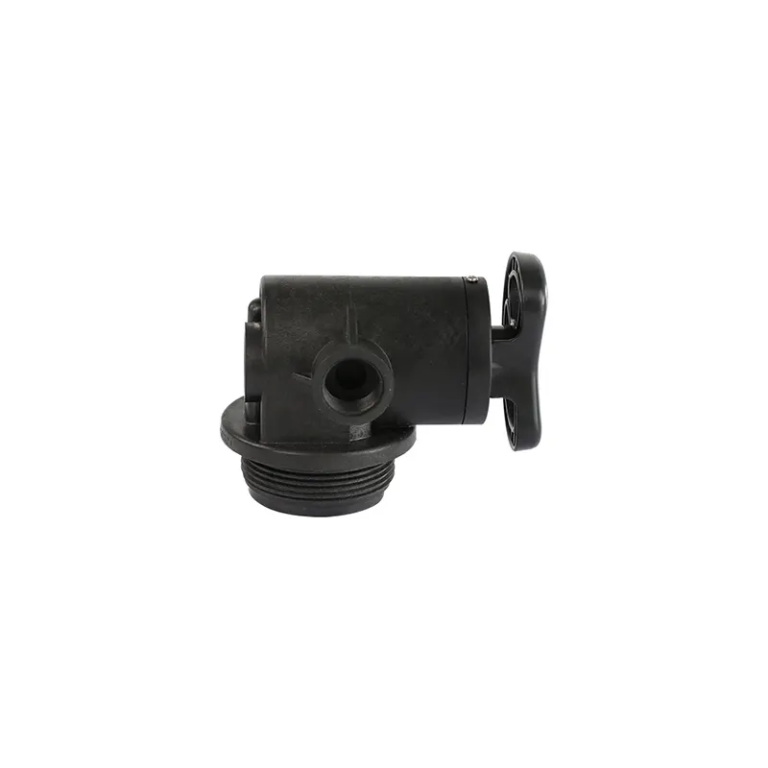قياس الموصلية: الكشف عن تدفق الإمكانات الكهربائية.
مقدمة لقياس الموصلية الكهربية
هناك طريقة أخرى لقياس التوصيلية الكهربية وهي من خلال استخدام خلية موصلية. تتكون هذه الخلية من قطبين كهربائيين تفصل بينهما مسافة معروفة. يتم وضع المحلول الذي يتم اختباره بين الأقطاب الكهربائية، ويتم تمرير تيار كهربائي عبر الخلية. يتم بعد ذلك حساب موصلية المحلول بناءً على المقاومة التي يواجهها التيار والمسافة المعروفة بين الأقطاب الكهربائية.بالإضافة إلى هذه الطرق المباشرة، هناك أيضًا طرق غير مباشرة لقياس الموصلية. إحدى هذه الطرق هي استخدام مسبار التوصيلية الكهربية. يتكون هذا المسبار من جهاز استشعار يكتشف التغيرات في التوصيل الكهربائي عند غمره في محلول. يتم توصيل المسبار بجهاز قياس يعرض قراءة التوصيلية الكهربية. تُستخدم هذه الطريقة غالبًا في التطبيقات الميدانية حيث تكون قابلية النقل أمرًا مهمًا.عبارة انتقالية: الآن بعد أن استكشفنا الطرق المختلفة لقياس الموصلية، فلنناقش تطبيقاتها.يجد قياس الموصلية تطبيقات في مختلف الصناعات. في صناعة معالجة المياه، يتم استخدام قياس التوصيلية الكهربية لمراقبة جودة المياه. قد تشير مستويات الموصلية العالية إلى وجود شوائب أو ملوثات، في حين قد تشير مستويات الموصلية المنخفضة إلى نقص المعادن الأساسية. من خلال قياس الموصلية بانتظام، يمكن لمحطات معالجة المياه التأكد من أن المياه التي توفرها تلبي المعايير المطلوبة.في صناعة الصناعات الكيميائية، يتم استخدام قياس الموصلية لمراقبة تركيز المحاليل. ومن خلال قياس الموصلية، يمكن للمصنعين التأكد من أن محاليلهم تحتوي على التركيز المطلوب لتطبيقات محددة. وهذا مهم بشكل خاص في صناعات مثل الأدوية، حيث تعد التركيزات الدقيقة أمرًا بالغ الأهمية لفعالية المنتج النهائي وسلامته.يلعب قياس الموصلية أيضًا دورًا حيويًا في صناعة الإلكترونيات. يتم استخدامه لتقييم نقاء المواد المستخدمة في المكونات الإلكترونية. يمكن أن تؤثر الشوائب على موصلية هذه المواد، مما يؤدي إلى مشكلات في الأداء أو حتى فشل الأجهزة الإلكترونية. من خلال قياس الموصلية، يمكن للمصنعين تحديد الشوائب والقضاء عليها، مما يضمن موثوقية منتجاتهم ووظيفتها.في الختام، يعد قياس الموصلية عملية أساسية تستخدم في مختلف الصناعات لتقييم قدرة المادة على توصيل التيار الكهربائي. يتم تحقيق ذلك من خلال استخدام أجهزة قياس الموصلية والخلايا والمسابير. تتيح لنا هذه الطرق قياس المقاومة التي يواجهها التيار الكهربائي وحساب موصلية المحلول. يجد قياس الموصلية تطبيقات في معالجة المياه، والتصنيع الكيميائي، والإلكترونيات، حيث يتم استخدامه لمراقبة جودة المياه، وتقييم تركيز المحلول، والتأكد من نقاء المواد. ومن خلال قياس الموصلية بدقة، يمكن للصناعات الحفاظ على الجودة والأداء المطلوبين لمنتجاتها.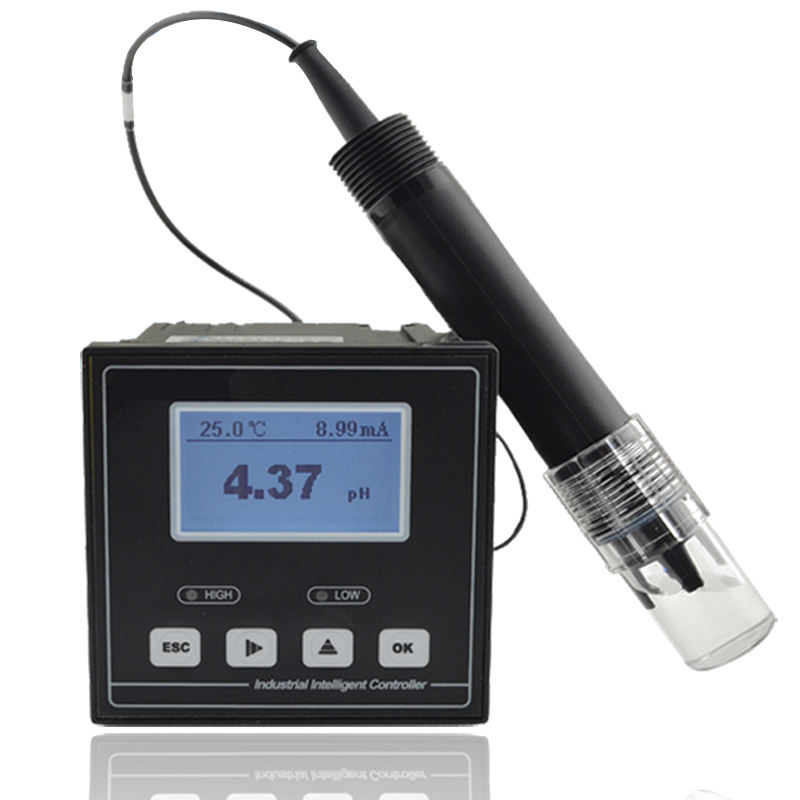 Another method of conductivity measurement is through the use of a conductivity cell. This cell consists of two electrodes separated by a known distance. The solution being tested is placed between the electrodes, and an electric current is passed through the cell. The conductivity of the solution is then calculated based on the resistance encountered by the current and the known distance between the electrodes.In addition to these direct methods, there are also indirect methods of conductivity measurement. One such method is the use of a conductivity probe. This probe consists of a sensor that detects changes in electrical conductivity when immersed in a solution. The probe is connected to a meter, which displays the conductivity reading. This method is often used in field applications where portability is important.Transitional phrase: Now that we have explored the different methods of conductivity measurement, let’s discuss their applications.Conductivity measurement finds applications in various industries. In the water treatment industry, conductivity measurement is used to monitor the quality of water. High conductivity levels may indicate the presence of impurities or contaminants, while low conductivity levels may suggest a lack of essential minerals. By regularly measuring conductivity, water treatment plants can ensure that the water they provide meets the required standards.In the chemical manufacturing industry, conductivity measurement is used to monitor the concentration of solutions. By measuring conductivity, manufacturers can ensure that their solutions have the desired concentration for specific applications. This is particularly important in industries such as pharmaceuticals, where precise concentrations are crucial for the effectiveness and safety of the final product.Conductivity measurement also plays a vital role in the electronics industry. It is used to assess the purity of materials used in electronic components. Impurities can affect the conductivity of these materials, leading to performance issues or even failure of electronic devices. By measuring conductivity, manufacturers can identify and eliminate impurities, ensuring the reliability and functionality of their products.In conclusion, conductivity measurement is a fundamental process used in various industries to assess the ability of a substance to conduct electric current. It is achieved through the use of conductivity meters, cells, and probes. These methods allow us to measure the resistance encountered by an electric current and calculate the conductivity of a solution. Conductivity measurement finds applications in water treatment, chemical manufacturing, and electronics, where it is used to monitor water quality, assess solution concentration, and ensure the purity of materials. By accurately measuring conductivity, industries can maintain the desired quality and performance of their products.
Another method of conductivity measurement is through the use of a conductivity cell. This cell consists of two electrodes separated by a known distance. The solution being tested is placed between the electrodes, and an electric current is passed through the cell. The conductivity of the solution is then calculated based on the resistance encountered by the current and the known distance between the electrodes.In addition to these direct methods, there are also indirect methods of conductivity measurement. One such method is the use of a conductivity probe. This probe consists of a sensor that detects changes in electrical conductivity when immersed in a solution. The probe is connected to a meter, which displays the conductivity reading. This method is often used in field applications where portability is important.Transitional phrase: Now that we have explored the different methods of conductivity measurement, let’s discuss their applications.Conductivity measurement finds applications in various industries. In the water treatment industry, conductivity measurement is used to monitor the quality of water. High conductivity levels may indicate the presence of impurities or contaminants, while low conductivity levels may suggest a lack of essential minerals. By regularly measuring conductivity, water treatment plants can ensure that the water they provide meets the required standards.In the chemical manufacturing industry, conductivity measurement is used to monitor the concentration of solutions. By measuring conductivity, manufacturers can ensure that their solutions have the desired concentration for specific applications. This is particularly important in industries such as pharmaceuticals, where precise concentrations are crucial for the effectiveness and safety of the final product.Conductivity measurement also plays a vital role in the electronics industry. It is used to assess the purity of materials used in electronic components. Impurities can affect the conductivity of these materials, leading to performance issues or even failure of electronic devices. By measuring conductivity, manufacturers can identify and eliminate impurities, ensuring the reliability and functionality of their products.In conclusion, conductivity measurement is a fundamental process used in various industries to assess the ability of a substance to conduct electric current. It is achieved through the use of conductivity meters, cells, and probes. These methods allow us to measure the resistance encountered by an electric current and calculate the conductivity of a solution. Conductivity measurement finds applications in water treatment, chemical manufacturing, and electronics, where it is used to monitor water quality, assess solution concentration, and ensure the purity of materials. By accurately measuring conductivity, industries can maintain the desired quality and performance of their products.

